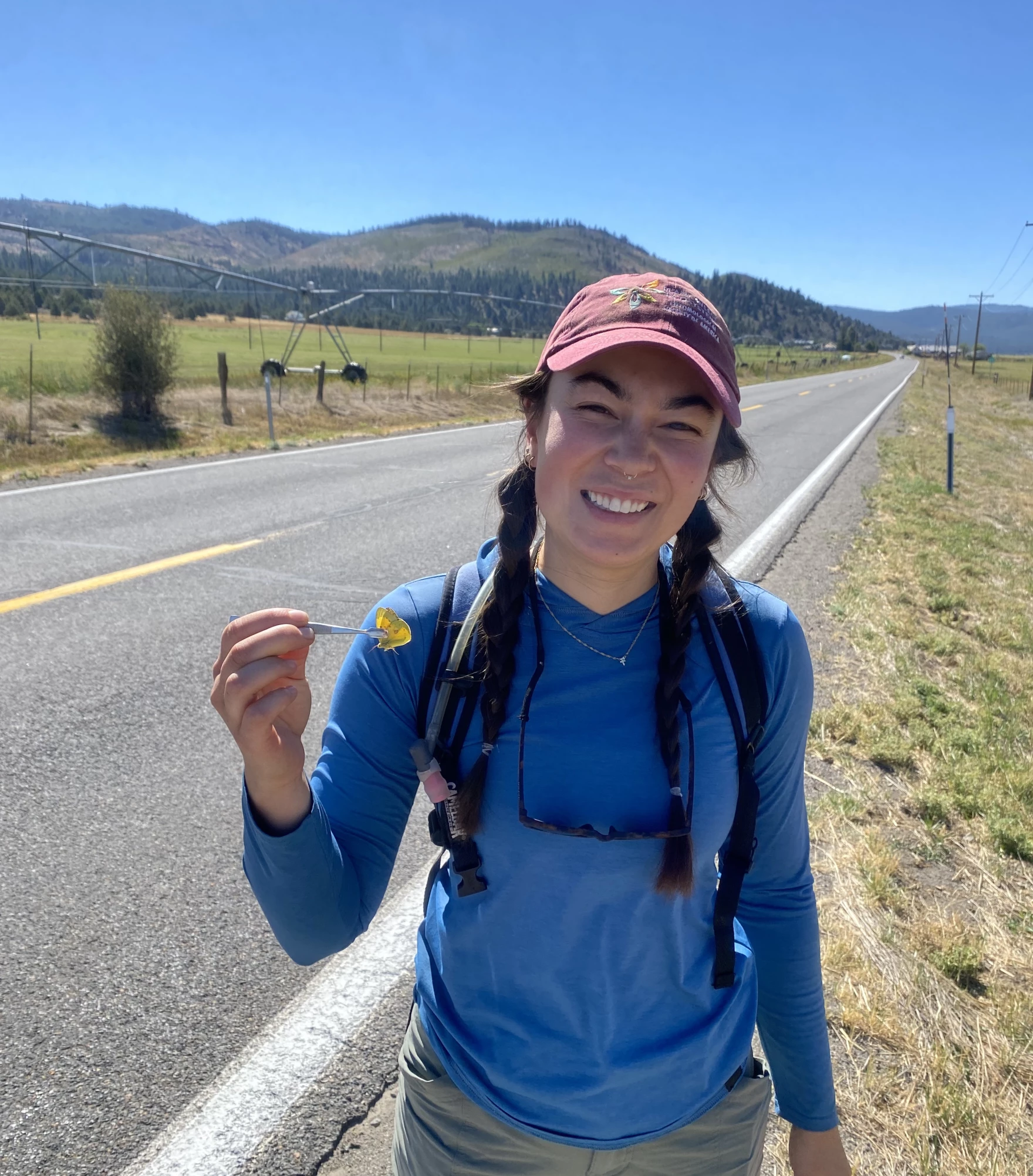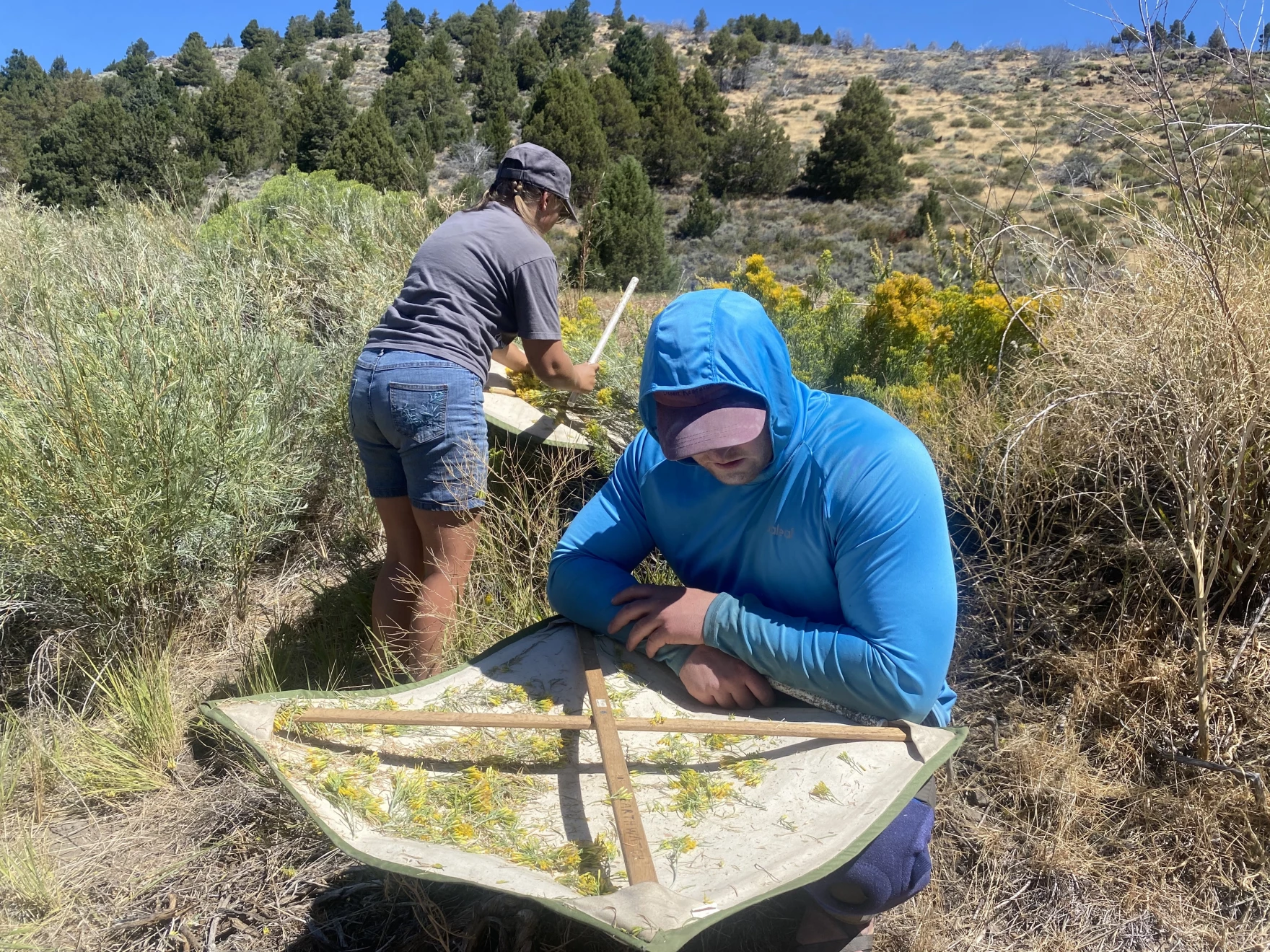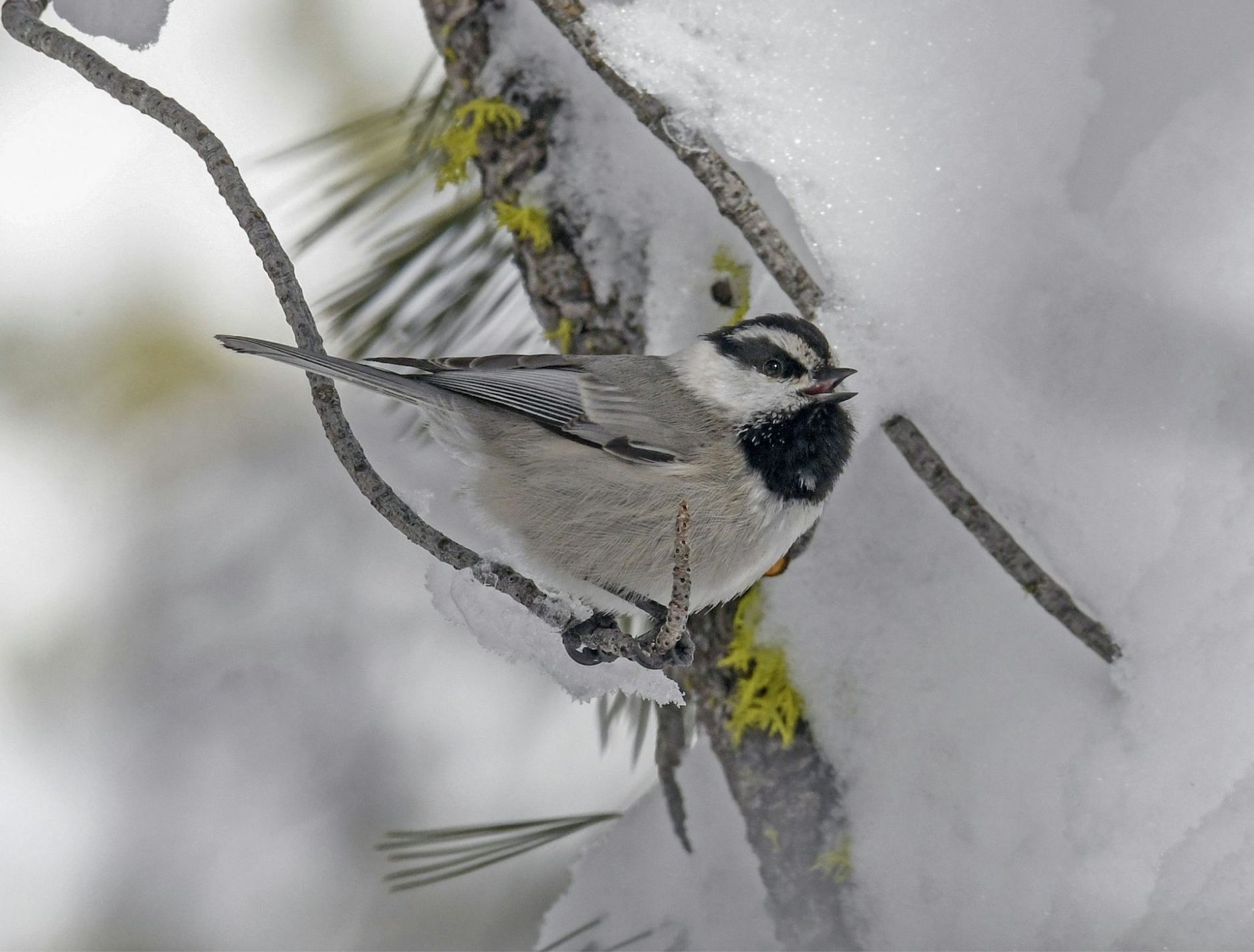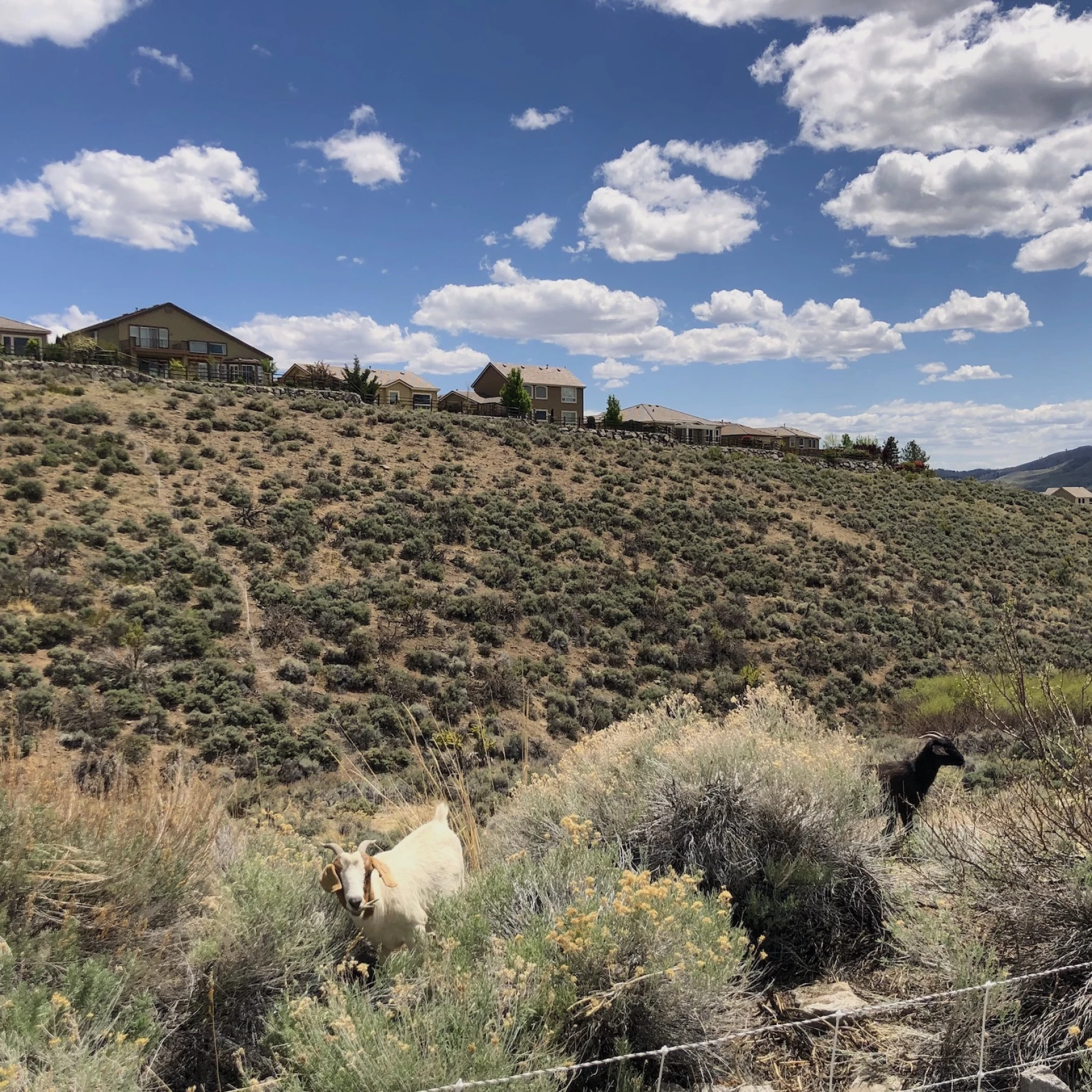This story was shared with permission from KUNR Public Radio. For an audio version of the story, please visit the KUNR website.
Butterfly populations are declining in the Sierra Nevadas. Scientists at the Great Basin Bug Lab at the University of Nevada, Reno have been monitoring the insects for years. But to know if climate change is having an impact, they are now tracking caterpillar populations.
On a sunny day, Clare Dittemore, A PhD student at UNR, looked for butterflies at Sierra Valley, one of five sites she and others from the lab routinely visit.
Walking along a busy road, she spotted a yellow butterfly – and ran up to catch it with a long net.
“This one is the butterfly that I was just talking about, [the] Alfalfa Butterfly, Orange Sulphur,” she said after expertly retrieving the insect from the net. “They’re also really gorgeous organisms like this pink fringe along the wing tip is just so pretty, and that really saturated yellow.”
She examined the wings, marked the sighting on her phone, and let the insect fly away.

“For every species of butterfly that I encounter, I’m going to make note of it all the way up to three instances of occurrence for one particular species,” she said.
The goal is to track changes, and understand how rising temperatures and patterns of movement might be affecting these insects.
“There are, in fact, declines that have been occurring over the last 50 years that we’ve been doing this work.” Climate change is definitely one of the factors – but determining the specifics is more difficult, Dittemore said.
“With the long term monitoring data set, we can continue to better understand what are some of the really important drivers that are causing these declines, and what can we actually do in terms of actionable management decisions to ensure that they continue to persist in our landscapes?”
It’s why they started monitoring caterpillar populations three years ago. They hope it can help answer some important questions in the future.
Nearby, Christian Connors was busy whacking a bush with a stick. The PhD student held a canvas tray underneath to catch caterpillars and the other insects that fell off.
“Yeah, I’m getting a lot of caterpillars Hannah, how many are you getting?” he said as he looked at his lab assistant who was also whacking a bush next to him.
Connors is in charge of the Caterpillar Rearing Project. He said Sierra Valley is a great spot for their work.
“This location is amazing. Peak year, we get potentially 100 species in a day. A lot of them end up being what we call microlepidoptrins, which are like very small bodied moths,” he said.
One of the things they are looking at is how plant temperatures affect caterpillar populations throughout the year.

“Because we don’t know what their thermal micro-habitat preferences are, we actually don’t know if it’s high temperatures directly affecting caterpillars, or if it’s indirectly affecting plant quality, which is causing caterpillars to be driven down, or some other intermediary effect.”
Connors used a thermometer to take random temperatures of plants within a ten meter plot. Undergraduate student and lab assistant, Hannah McKemy wrote them down as he called out the numbers.
Then, they went back to whacking the bushes. They were also looking for natural enemies of caterpillars, like spiders, ants, or mantises.
On these field days, they mostly find moth caterpillars, according to Connors. That’s because there are more species of moths.
“No joke, for every 1,000 moths we find, we probably find between one and 10 butterflies,” he said.
But there’s also evidence that their populations are declining as well. Connors felt that they are relatively under researched in comparison.
“We don’t really know which moths necessarily are or are not in decline at the same resolution as we know about butterflies,” he said. “Because people tend to really pay attention to butterflies”
Connors said the two projects are working together to compare both populations.
“At the bare minimum, we can look at, does the phenology of caterpillars match the phenology of the butterflies, or does the abundance of caterpillars match the abundance of butterflies?” he said.
The caterpillar data collection is an important addition. But he said they still need to collect data for at least another ten years to be able to analyze long-term trends.
For now, Connors will take the caterpillars he gathered back to his lab and raise them to adulthood so they can be accurately identified.
Sydney Peerman is the 2024 summer intern for KUNR and the Hitchcock Project for Visualizing Science.






